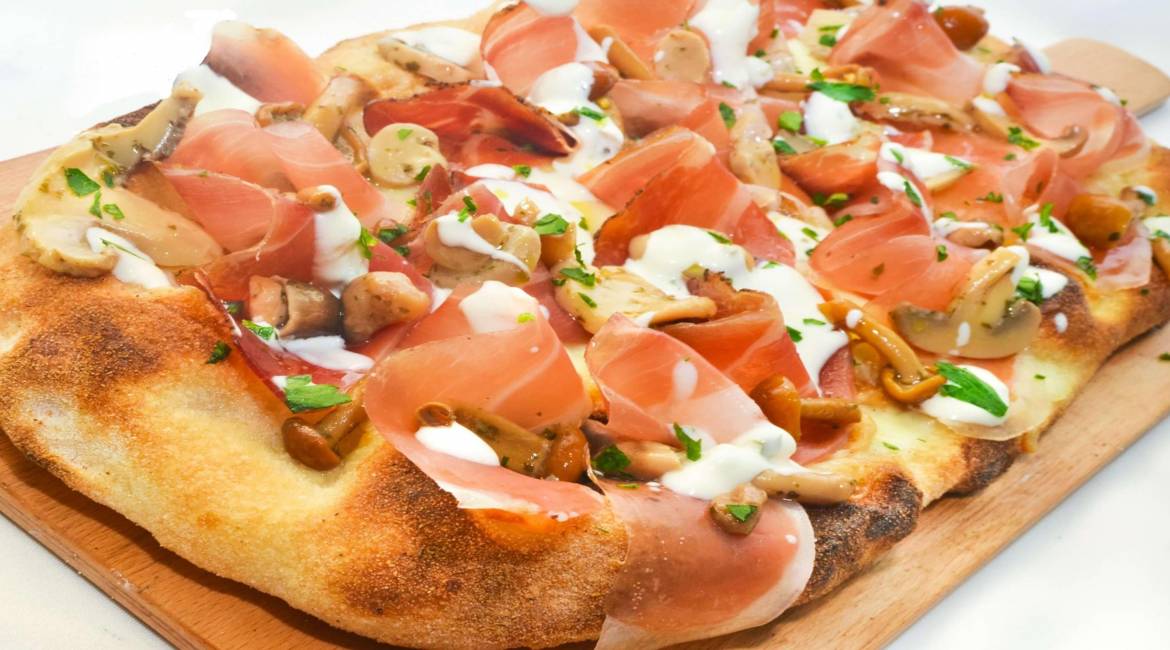Do you know what a Pinsa is? Pinsa vs Pizza, whitch one do you choose?

Between pasta and pizza I never had any doubts: the pizza wins, but since I tasted the pinsa, a typical focaccia from Rome, the pizza has been relegated to second position!
Do you know what a pinsa is and what makes it lighter, crunchier and more digestible, than a pizza?
Well, I'll gladly explain it to you: let's start with the well-known pizza that has such a long history that it seems to date back to the Neolithic era. You don't believe it? Here is a beautiful and comprehensive article on the history of pizza:https://www.lacucinaitaliana.it/news/in-primo-piano/storia-della-pizza/

The Margherita pizza, as we know it, was born in 1889 when the Neapolitan chef Raffaele
Esposito, as a way to honor the visit of Queen Margherita of Savoy to Naples dedicated the first pizza with tomato sauce, basil and mozzarella to her. From here on the road to becoming the most popular food in the world was a short one.
The pizza that our team of pizza makers has created is a mixture of flour with ancient grains which is left to rise for at least 24 hours with sourdough. We offer both classic pizzas and gourmet pizzas, all are our inventions.
La Pinsa, or Roman white pizza has ancient origins too: it was born in ancient Rome, in fact it seems that there was a focaccia made with a mix of wheat flour, barley, millet, spelt, in short - the harvest of the countryside at that time. Let's say it was the peasant pizza, made with the grains they had available. The term pinsa comes from the Latin "pinsere" that is to lengthen. In fact the typical pinsa has an elongated shape.
The pinsa today: it is made with a mixture of flours, including rice and soy that have a high protein content and a low glycemic index. The dough is highly hydrated so it has a high percentage of water in the flour, in fact it reaches up to 75-80% of the weight of the flour. The use of sourdough allows for a long period of leavening. All this makes the white Roman pizza digestible, light and crunchy.
For the record: for the purists, the ones that say "that the pizza is only the red one" I tell you that the pinsa is white pizza so yes thete is no tomato sauce as a base - either it is love at first sight with the pinsa or you are indifferent!
Since our experience was love at first sight, the pizza chef Joshua left for Rome to gather as much information as possible about the pinsa and who knows maybe he even learnt how to make it….



Don't miss the next episode .... something is boiling in the pot of Chianti Cooking Experience or better to say something is cooking in the oven .... and its not pizza this time!





